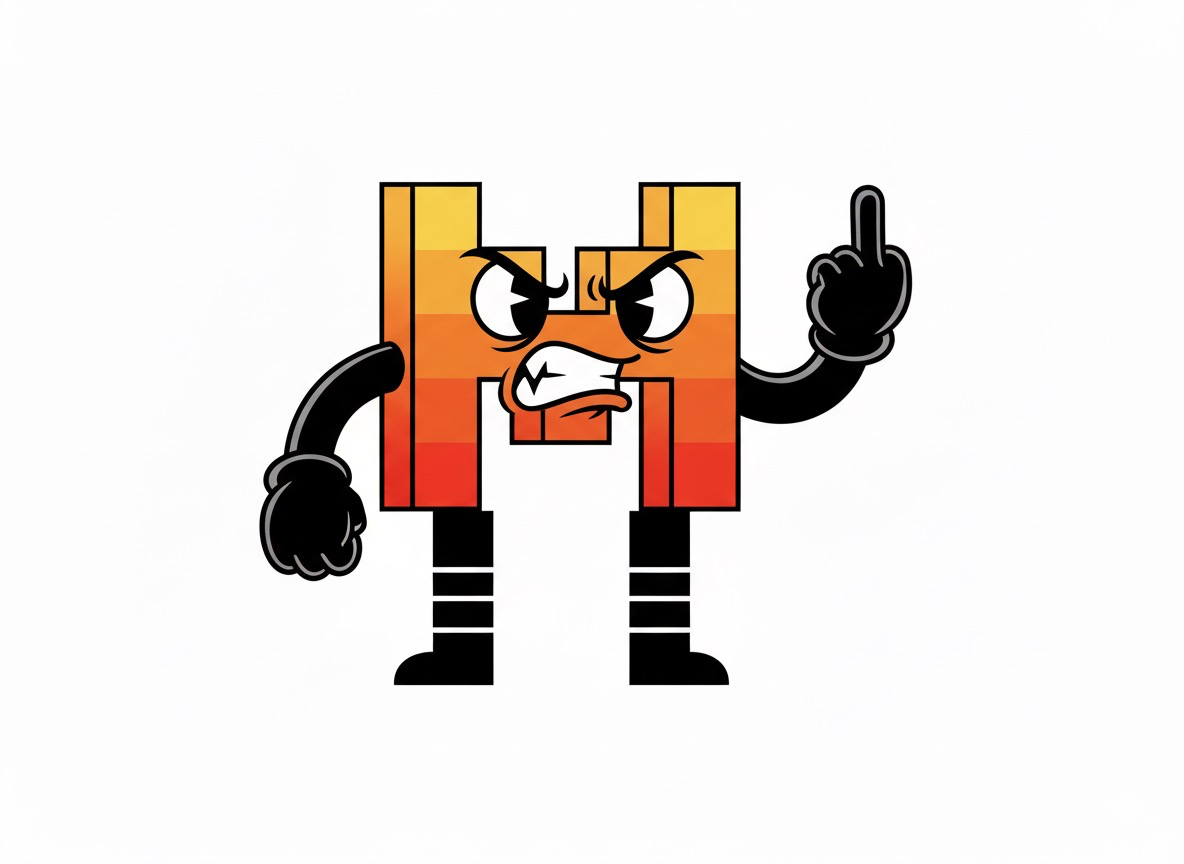
Apache Gravitino 1.0 Just Turned Unity Catalog Into a Vendor Lock-In Fable
Gravitino 1.0 isn't just another metadata catalog, it's a deliberate, open-source counterweight to Databricks' walled garden, forcing enterprises to ask: Who really owns your data's brain?
You’ve spent millions building a data lakehouse. You’ve standardized on Iceberg. You’ve migrated from Hive. You’ve trained your teams on Delta Lake. You thought you were avoiding vendor lock-in.
Then you bought Databricks.
And suddenly, your metadata, the very thing that tells you where your data lives, who owns it, and how to govern it, is trapped inside a proprietary catalog that only talks to Databricks.
Enter Apache Gravitino 1.0. Not as a “better catalog.” Not as a “competitor.” But as a quiet, deliberate act of metadata liberation.
The Metadata Crisis Nobody Talks About
Let’s be blunt: metadata is the nervous system of your data stack. It’s what makes your lakehouse work. Without it, Iceberg tables are just folders. Kafka topics are just queues. ML models are just files.
And for the past five years, your metadata has been fragmented across systems you don’t control.
Snowflake has its metastore. Databricks has Unity Catalog. AWS has Glue. Azure has Purview. Hadoop clusters have Hive Metastore. And no one talks to each other.
The industry’s response? “Use Airflow to stitch it together.” Or, “Build your own API layer.” Or, worst of all, “Just use Databricks for everything.”
Gravitino doesn’t fix this with duct tape. It redesigns the architecture.
Unity Catalog: The Elegant Prison
Databricks’ Unity Catalog is a marvel of engineering. It’s fast. It’s secure. It integrates tightly with Delta Lake, DBSQL, and MLflow. It has lineage tracing, fine-grained access control, and even AI-powered data discovery.
But it’s a prison with gold-plated walls.
Here’s the catch: Unity Catalog doesn’t manage your metadata. It owns it.
If you use Unity Catalog, your Iceberg tables must live in a Databricks-managed location. Your ML models are stored in Databricks Model Registry. Your access policies are enforced only within Databricks SQL engines. Try to query those tables from Spark on EKS? Good luck.
“Unity Catalog was designed to make Databricks indispensable”, says a former Databricks engineer who asked to remain anonymous. “It’s not about governance. It’s about stickiness.”
Meanwhile, companies with hybrid clouds, multi-engine teams, or legacy Hadoop systems are forced into painful workarounds: syncing metadata via custom scripts, duplicating access policies, or accepting inconsistent governance.
That’s not architecture. That’s technical debt with a UI.
Gravitino 1.0: The Metadata Lakehouse
Gravitino doesn’t compete with Unity Catalog, it replaces the need for it.
Think of Gravitino not as a catalog, but as a metadata lake: a single, distributed, open-source system that sits above your existing data systems and unifies them.
It doesn’t replace Hive, Iceberg, or Kafka. It gives them a common language.
Here’s what’s new in 1.0, beyond the marketing fluff:
1. Unified RBAC Across Everything
Gravitino now enforces real, cross-catalog access control. You define a role once: “analyst” or “pii-scrubber.” Then you assign it to schemas in Iceberg, tables in Doris, topics in Kafka, even models in MLflow, and Gravitino enforces it at the API level.
No more copying ACLs between systems. No more “but it worked in Databricks.”
2. Metadata-Driven Actions: Governance That Doesn’t Sleep
This is where Gravitino becomes terrifyingly smart.
In Unity Catalog, you can view table statistics. In Gravitino, you can act on them.
Define a policy:
“If an Iceberg table has more than 5,000 small files, trigger compaction every 4 hours.”
Gravitino watches the stats, matches your rule, and automatically fires a job, via Airflow, Spark, or even a local executor.
Same for TTL: auto-delete partitions older than 90 days.
Or PII: scan columns tagged as “email”, redact them, and log the action.
This isn’t a feature. It’s automation of governance, something Databricks still treats as a manual, admin-heavy chore.
3. The MCP Server: Your LLM Can Now Talk to Your Data
This might be the most subversive move.
Gravitino 1.0 ships with a Model Context Protocol (MCP) server, a standardized interface that lets LLMs like Claude, Cursor, or even your custom agent query and manipulate metadata using natural language.
Try this:
“Find all tables in the finance metalake that have PII and weren’t accessed in 6 months.”
The LLM doesn’t need to know SQL. It doesn’t need to know Iceberg schema. It just talks to Gravitino’s MCP server, and gets a list.
Unity Catalog? No API for this. Not even on the roadmap.
This isn’t a “nice-to-have.” It’s the future of data observability. And Gravitino shipped it on day one.
The Real Weapon: Openness That Scares Vendors
Let’s not sugarcoat this: Gravitino’s greatest strength isn’t its features.
It’s its license.
Apache 2.0. Open source from day one. No enterprise tier. No paid features locked behind a paywall.
Unity Catalog? Open-sourced in 2024, after it had already locked in thousands of enterprise customers.
Gravitino was built by engineers who lived in the trenches of multi-cloud deployments. They didn’t want to be stuck. So they built a tool that can’t be locked in.
And they didn’t just build it.
They built it to integrate with everything:
- Apache Iceberg 1.9
- StarRocks
- Apache Doris (yes, they’ve already shipped a full integration ↗)
- Kafka
- S3, GCS, OSS, JuiceFS
- Azure AD, OAuth, and dynamic credential vending (read: no hardcoded AWS keys)
- And yes, even ML model registries
This isn’t an ecosystem. It’s a federation.
The Data Engineer’s Dilemma
You’re at a crossroads.
Option A: Double down on Databricks. Get Unity Catalog’s polish. Accept that if you ever leave, you lose your metadata, your lineage, your access policies. Your data catalog becomes a hostage.
Option B: Deploy Gravitino. Spend three weeks integrating it with your existing systems. Gain full ownership. Enable AI agents to govern your data. Become the company’s metadata authority.
The choice isn’t about technology.
It’s about control.
And here’s what’s happening in the wild:
- A Fortune 500 bank is migrating from Unity Catalog to Gravitino because their internal audit team won’t approve proprietary metadata storage.
- A healthcare startup chose Gravitino because they need to run analytics on-prem and in AWS, and Unity Catalog won’t let them.
- Even a Google Cloud engineer told me: “We’re evaluating Gravitino because we don’t want to be dependent on a single vendor’s metadata lock-in, even if they’re our biggest cloud partner.”
The Bigger Picture: Metadata as AI Infrastructure
This isn’t just about catalogs.
It’s about context.
LLMs don’t need more data. They need to understand data. Who created it? When was it last refreshed? Is it compliant? Who owns it?
Gravitino turns your metadata into a reasoning layer, a knowledge graph for your data.
Unity Catalog? It’s a static database with a nice dashboard.
Gravitino? It’s the brain.
The next wave of AI-driven data platforms won’t be built on data lakes. They’ll be built on metadata lakes.
And Gravitino 1.0 just made the first open-source one real.
The Takeaway: Open Source Is Winning the Middle Ground
Databricks isn’t going away. Snowflake isn’t going anywhere.
But the world is waking up.
Enterprises are tired of paying for lock-in disguised as innovation.
Gravitino isn’t trying to replace Databricks. It’s trying to make Databricks optional.
And it’s working.
The repo has 3.7k stars. 116 contributors. Integrations with Apache Doris, StarRocks, and Neon. And a growing list of companies quietly deploying it in production, not as a PoC, but as their new metadata backbone.
Unity Catalog is a beautiful, expensive cage.
Gravitino is the key.
And it’s open source.
The question isn’t whether you should adopt it.
It’s whether you’re ready to admit that your data’s brain shouldn’t belong to a vendor.



